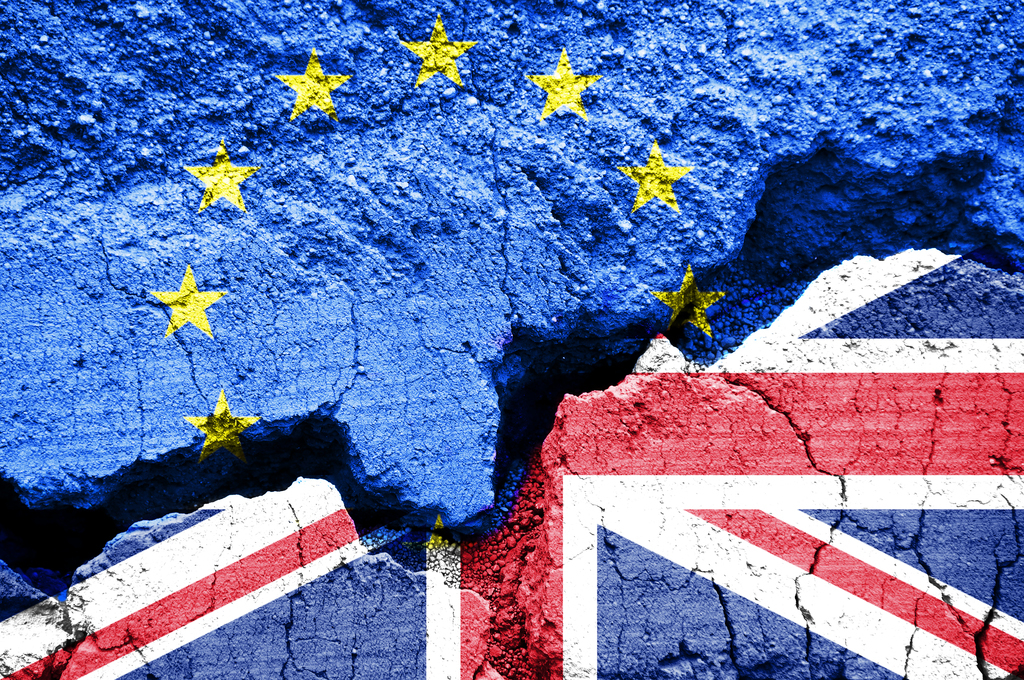10 Social Listening Tools and Who They’re Best for
By BrandwatchJul 14
Join us and boost your social media potential with our data-led event
Published November 16th 2016
In the latest in our series of blog interviews within the consumer market insights industry, we had the pleasure to talk to Richard Shotton, Deputy Head of Evidence at Manning Gottlieb OMD.
Prior to his current role, he spent twelve years at Zenith, filling the Head of Insight role for the last four years. Richard was also part of the team awarded Mediatel’s Media Agency Research Team of 2016.
Richard is particularly interested in how insights from behavioral economics and social psychology can be applied to advertising, and he kindly agreed to talk to us about the key challenges he faces in his job, the power of social data and the importance of context and much more.
When asked about the challenges he faces in his job, Richard first mentions the difficulty in persuading people not to rely on intuition when it comes to consumer.
Marketers relying on their intuition is a problem because of the false consensus effect, the tendency to assume our feelings and behaviors are shared by others. Ad agency staff aren’t immune.
We asked staff to estimate the percentage of the population with an iPhone. We cut the data according to whether the respondent owned an iPhone or not. The result? Those who owned an iPhone thought half the population owned one, whereas people who didn’t estimated that only a third of people owned one.

This blights ad campaigns as marketers often have different media habits and relationships with brands than the population as a whole.
Another key challenge is taking what people say at face value.
People tend to not answer questions honestly. They often respond in a way that paints them in the best possible light, or simply they don’t know why they behave the way they do. So their answers are more post-rationalization than an actual insight into their behavior.
The final big issue identified by Shotton is the representativeness of data sources and their short-term nature, despite the advertising effect being a much longer-term force.
“Because the short-term data is more easily captured, that makes up what most clients do and therefore people optimize towards the short-term and suffer consequences over a longer time period”.
Whilst discussing the key consumer insights marketers should be paying special attention to, one of the general themes that was mentioned is the power of context.
There is an idea in psychology called the fundamental attribution error, and it is the idea that when people are explaining the behaviors of others, they over emphasize the importance of the other person’s personality and put too little emphasis on the context.

Richard brings it all back to a social psychology study run by Darley & Batson in 1973 when they were interested in what influences people’s helping behaviors and decided to test the parable of the Good Samaritan.
They recruited 67 students from the Princeton Theological Seminary and told them they had to go and give a speech at a nearby church. Half of them were told just before they headed off that they had plenty of time to get there, and half were told that they were running slightly late.
They then put a stooge halfway between where they were and the church was, and they monitored whether or not people stopped to help the stooge who was pretending to be in distress.
“What they found was 10% of people stopped when they were in a rush and 63% of people stopped when they had plenty of time. Whereas all the other personality factors had no effect on their likelihood to stop.”
Context is a far more important variable of how someone behaves in a situation than their personality. So a lot of our work is around looking into that idea and thinking, if context is so important, what are the contexts that are most likely to encourage consumers to respond to a message.
People don’t think how they feel, they don’t say what they think and they don’t do what they say
In Richard’s eyes, it’s now easier than ever to not to just have to rely on people and their claimed reasons for behaving, as there is a huge variety of tools and strategies to support researchers’ investigation beyond claim data.
He explains.
“Now, we have access to much more search analysis, behavioral experiments that can be easily run online, social listening analysis. It is much easier to not just look at what people say they do, but actually look at how they behave in a set situation and that I think allows us to understand genuine motivations much better.”
As a follow-up example, Richard mentions a New Look brief, where they were launching their menswear range: “Our thought was well, the likelihood is that men are unwilling to buy clothes from a female shop, but we didn’t have any budget to back that up, we didn’t have any hard evidence to take to the clients, they were not keen on taking our advice.

So what we did was we got a dozen volunteers from around the agency and we took photos of them either holding a New Look bag or holding their main competitors bag, a Topman bag, and we posted those to Badoo, which is a dating site where people upload their photos and others rate how good-looking they are.
What we found when we did that was that when people were holding a New Look bag they were seen as 20%-25% less good-looking than when they were holding the Topman bag.”
This helped demonstrate that the brand had a more significant job than they had initially suspected and that they need to make bigger efforts to persuade men that they were a unisex brand.
Another insight revealed during our interview is that a key advantage that social data provides, compared to other research methods, is the insights into the times of day people are interested in particular topics.
“So, one of the things we do is look at volume of tweets – for example by hour – to identify the moment that a message might regulate best.”
Secondly, using social media commentary to get a view of people’s attitudes towards a brand or a product or a category is another vital area of interest.
Rather than just relying on automated sentiment analysis, we look at taking random samples about a particular topic and then manually categorize those, and we find that is a particularly helpful way of getting more nuanced insights.
Probably because of their reliance on claim data, if you ask people what motivates them, they tend to give you very rational reasonable arguments about price or quality which are very hard things for brands to change. Yet if you look at actual behavior, you see that much smaller nudges can have an effect.
In the hospitality industry, things like taking the pound sign off will make people much less price-sensitive, and no-one would ever tell you that in a focus group or a survey.
They would emphasize on factors like price or ingredients, whereas these are very big-scale, expense aspects for a brand to change.
An extremely insightful, recent example Richard recalls is some research conducted around the EU Referendum.

“We asked 1,000 people what they were going to vote for in two different ways. We either said, ‘Do you think the UK should remain in the EU?’ Or, ‘Do you think the UK should be independent from the EU?’.
What we found was, if you asked it with the saying ‘independent,’ the majority of people wanted to leave, whereas if you used the word, ‘remain,’ the majority of people want to stay.
That was perhaps the biggest political decision of the last 40 years and the result according to the survey would be swayed according to tiny wording issues.
If such an important political decision could be swayed by such factors, marketers have to consider how much more people can be influenced by these small tweaks, when it is about matters that consumers don’t really care about that much, like their lager or their washing machine tablet.”
Offering up analysis and data on everything from the events of the day to the latest consumer trends. Subscribe to keep your finger on the world’s pulse.
Existing customer?Log in to access your existing Falcon products and data via the login menu on the top right of the page.New customer?You'll find the former Falcon products under 'Social Media Management' if you go to 'Our Suite' in the navigation.
Brandwatch acquired Paladin in March 2022. It's now called Influence, which is part of Brandwatch's Social Media Management solution.Want to access your Paladin account?Use the login menu at the top right corner.